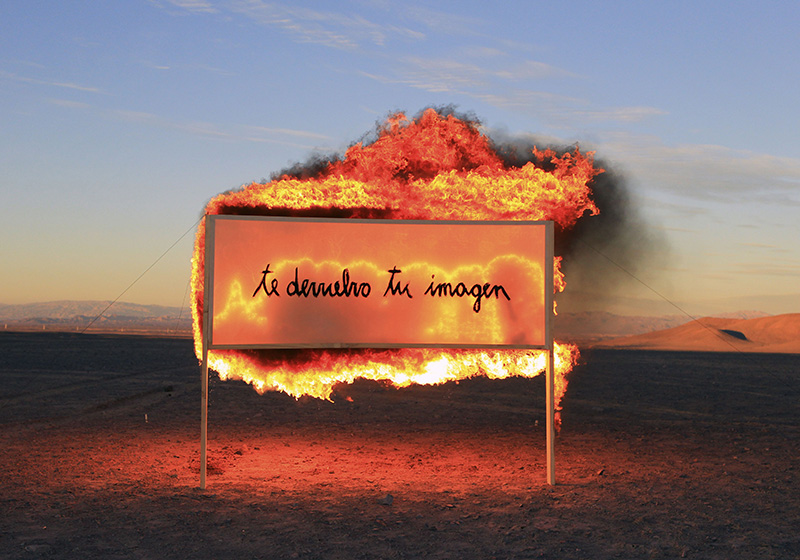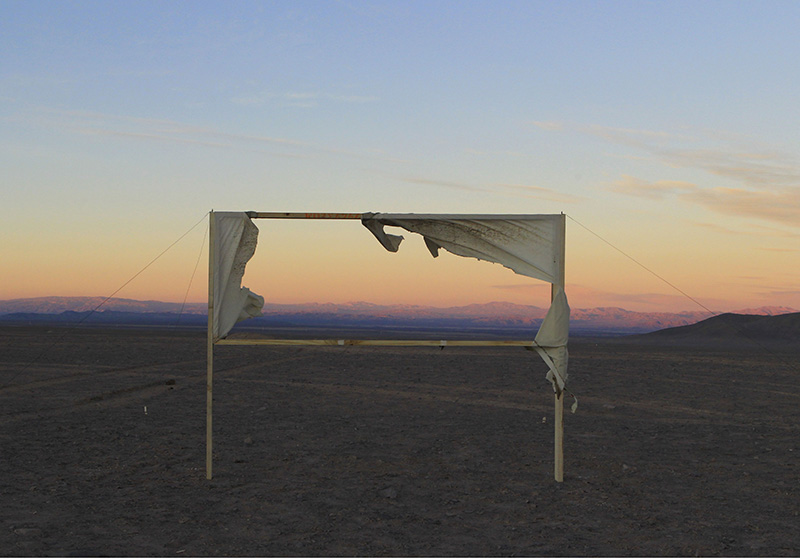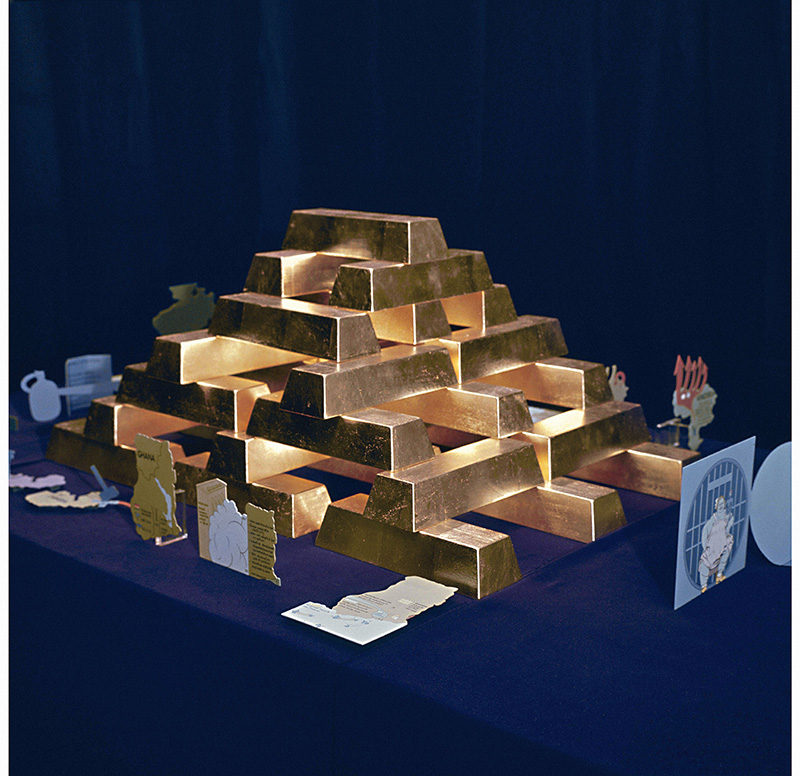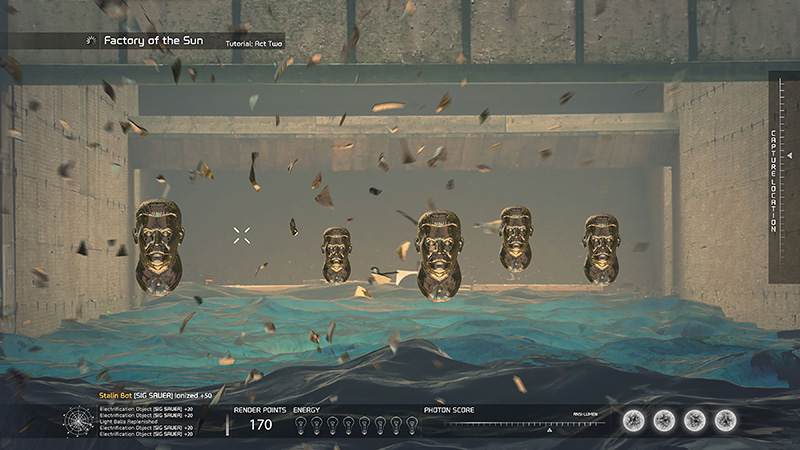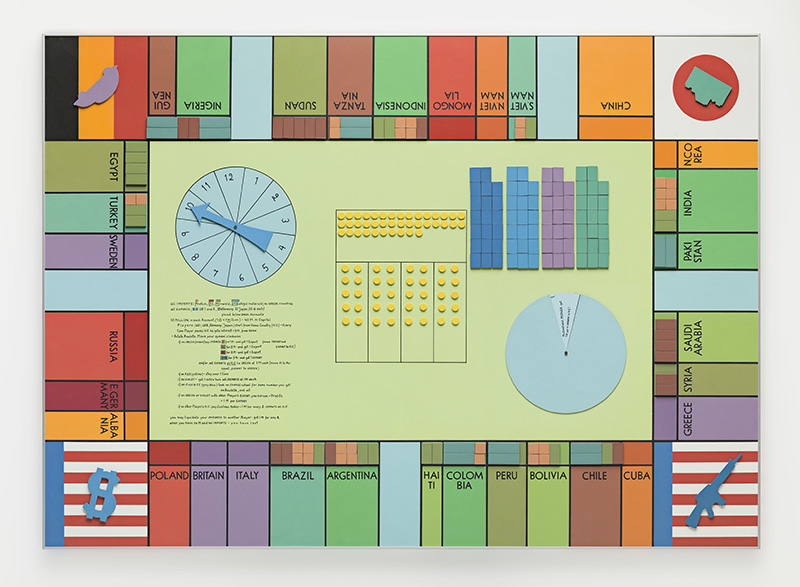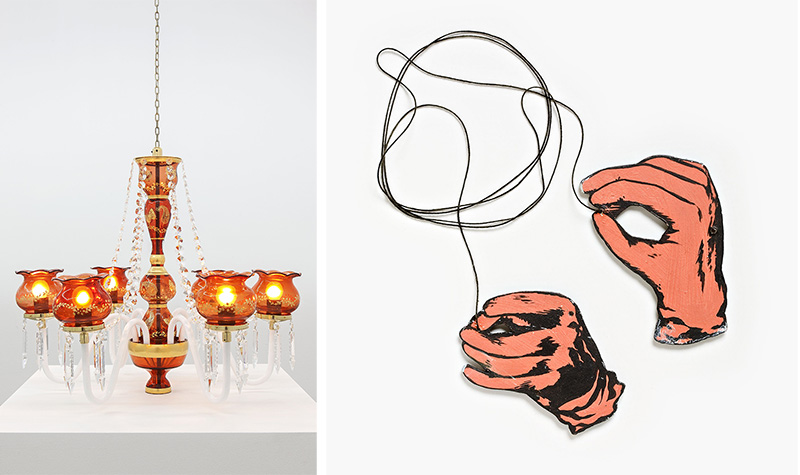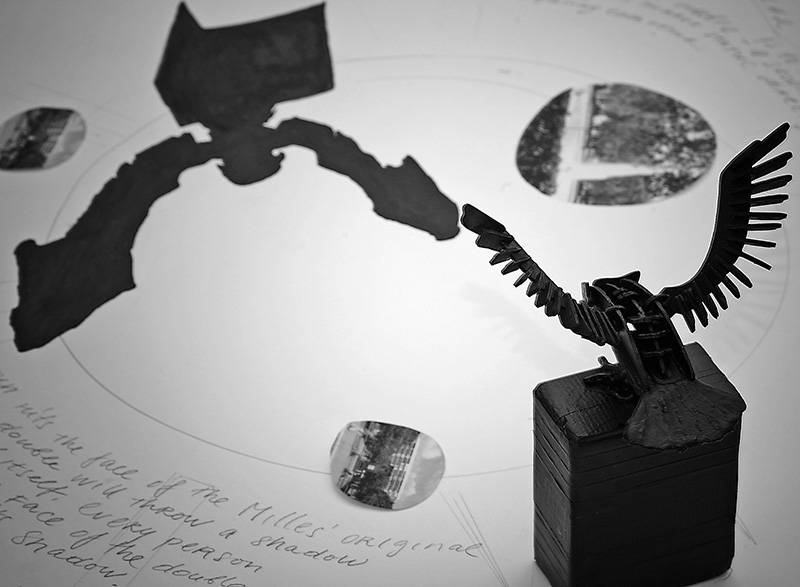ART-PRESENTATION: Manipulate the World–Connecting Öyvind Fahlström
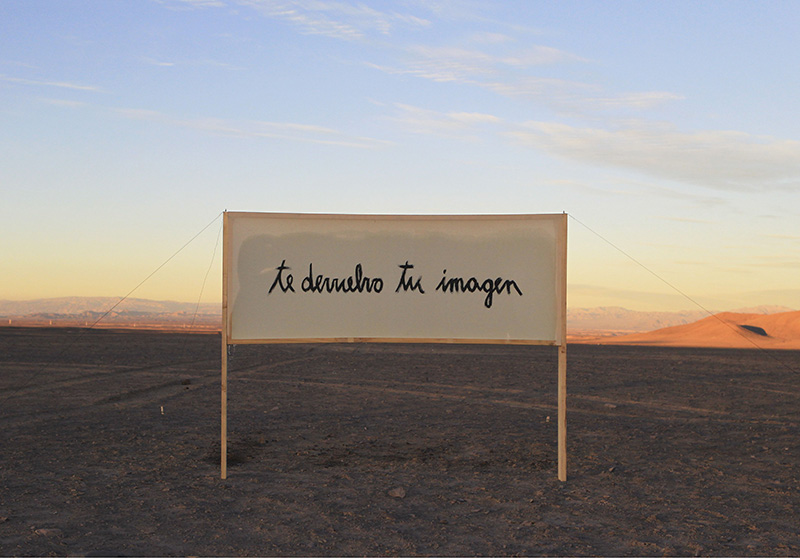 Öyvind Fahlström was one of the most innovative and versatile artists of the 20th century. When he developed a series of paintings with variable parts in the ‘60s, his intention was not merely to make the content of the painting moveable, but also to express an approach to society and politics. In a text from 1964, Öyvind Fahlström urges to manipulate the world. What does this mean for artists today, in our era of alternative facts, relative truths and fragmented narratives?
Öyvind Fahlström was one of the most innovative and versatile artists of the 20th century. When he developed a series of paintings with variable parts in the ‘60s, his intention was not merely to make the content of the painting moveable, but also to express an approach to society and politics. In a text from 1964, Öyvind Fahlström urges to manipulate the world. What does this mean for artists today, in our era of alternative facts, relative truths and fragmented narratives?
By Dimitris Lempesis
Photo: Moderna Museet Archive
In the exhibition “Manipulate the World-Connecting Öyvind Fahlström”, four historic works by Öyvind Fahlström define the playing field for the exhibition. 28 contemporary artists explore and challenge Fahlström’s ideas on manipulation and theatricality, two key concepts in his artistic practice. The exhibition asks what manipulative potential art has today; it is set in three zones, located on both floors of Moderna Museet. Zone 1 (The theatrical in motion): Öyvind Fahlström’s works “World Trade Monopoly (B, Large)” (1970) and “Dr. Schweitzer’s Last Mission” (1964-66). The latter is a monumental installation that comprises information and images in fragments that are combined into a scenographic tableau. This part of the exhibition correspondingly seeks to set theatricality in motion. It includes Lawrence Abu Hamdan’s work “Earshot”, in which he analyses sounds from a killing on the West Bank in a staged tribunal. Abu Hamdan’s investigation proves that the Israeli army shot the victims with live rounds, and not rubber bullets, as they claimed. The revelation made a splash in international media. Zone 2 (Actions in public space): Fahlström’s video “Mao-Hope March” (1966) is shown in the stairs between the two floors. It is based on a march that Fahlström staged in New York, where all the protesters carried placards with pictures of the American comedian Bob Hope, except one, who instead had a portrait of Mao Zedong. “Mao-Hope March” acts as a catalyst for works that intervene and activate events in public spaces – streets and squares, and the space we share as visitors in a museum. Goldin+Senneby’s work “Zero Magic”, for instance, involves investing a portion of the Museum’s revenue. 10% of admission fees are ventured in a shorting attack on the financial market. Zone 3 (World Bank as centre of a hidden zone): In the windowless exhibition halls on floor 2, Fahlström’s “World Bank” (1971) forms the centrepiece in a narrative about the distribution of money and power in the world. This narrative is pursued further in contemporary works that discuss the conditions of production, labour and extraction of natural resources. As part of his contribution to the exhibition, Pratchaya Phinthong went to northern Sweden in 2010 to pick berries together with other migrant workers from Thailand. The work shows how two months’ work and picking 549 kilos of berries earned him SEK 2,513. Katarina Pirak Sikkus’ work “Gállok Kallak” is based on protest marches against exploratory blasting for international mineral mining outside Jokkmokk. At a police intervention, she spread large geotextiles on the ground to document the occurrence in a contemporary frottage that reveals the memory of nature underground and the events above. Nüria Güell’s work responds to a Spanish bank that first evicted residents who had defaulted on their mortgages, and then bought their houses at a compulsory auction at 50% of the market value. In a counter-action, she had the front doors of the houses removed, making it legal to squat there. Artists in the exhibition: Lawrence Abu Hamdan, Rossella Biscotti, Juan Castillo, Aslı Çavuşoğlu, Kajsa Dahlberg, Detanico Lain, Economic Space Agency, Róza El-Hassan, Harun Farocki, Öyvind Fahlström, Goldin+Senneby, Núria Güell, Candice Lin, Jill Magid, Ibrahim Mahama, Nicholas Mangan, Sirous Namazi, Rivane Neuenschwander, Otobong Nkanga, Sondra Perry, Pratchaya Phinthong, Katarina Pirak Sikku, Natascha Sadr Haghighian, Jonas Staal, Hito Steyerl, Hanan Hilwé with Walid Raad, Thu Van Tran, Alexander Vaindorf, Wermke/Leinkauf.
Info: Curator: Fredrik Liew with Goldin+Senneby, Moderna Museet, Skeppsholmen, Stockholm, Duration 21/10/17-21/1/18, Days & Hours: Tue & Fri 10:00-20:00, Wed-Thu 10:00-18:00, Sat-Sun 11:00-18:00, www.modernamuseet.se
